by Mike Gulett –
What’s Wimbledon White with Guardsman Blue stripes? It could be a lot of things but the most likely is the 1965 Shelby Mustang GT350. All 562 of the Shelby GT350s made in 1965 were that same color combination with black interior.
I saw these on the streets of Los Angeles (actually South Gate) when I was a kid on the school bus or riding my bike. Most, if not all, of the ‘65 GT 350s started as Mustangs made in the San Jose Ford factory, which was later turned into a shopping mall.
In the world of American performance cars, few occupy the special status of the 1965 Shelby Mustang GT350. Born from a collaboration between Ford Motor Company and racing legend Carroll Shelby, the GT350 was more than just a modified Mustang—it was a machine with the soul of a race car and the civility of a street machine. Lightweight and raw, the GT350 became the car that defined the early era of Ford’s performance dominance and solidified Shelby American’s reputation as a racing powerhouse.
The first-generation Ford Mustang was introduced in April 1964 as a stylish, affordable, and sporty car aimed at the burgeoning youth market. It was an instant hit, selling over 400,000 units in its first year. The Mustang was more about style than speed. Ford executives, eager to add performance credibility to the brand, saw an opportunity in motorsports and turned to Carroll Shelby, a former race car driver who had already earned acclaim for his work on the AC Shelby Cobra and as a driver who won the 24 Hours of Le Mans in 1959 driving an Aston Martin (with co-driver Roy Salvadori).
Shelby’s task was clear: turn the Mustang into a race car that could dominate the Sports Car Club of America (SCCA) B-Production class and, simultaneously, offer a road-going version that would excite performance enthusiasts. In late 1964, Shelby American began transforming the standard Mustang Fastback 2+2 into a high-performance machine, resulting in the 1965 Shelby Mustang GT350.
At the heart of the GT350 was a modified version of Ford’s 289 cubic-inch (4.7-liter) V8 engine. Shelby replaced the standard intake manifold with an aluminum high-rise version, added a Holley four-barrel carburetor, and installed a set of tubular headers and a low-restriction exhaust system. The result was 306 horsepower—enough to make the lightweight Mustang a serious performer.
To handle this power, the GT350 received upgraded suspension components, including stiffer springs, heavy-duty shock absorbers, a larger front anti-roll bar, and a Detroit Locker rear differential. The brakes were upgraded with larger drums in the rear and Kelsey-Hayes front discs. A Borg-Warner T-10 four-speed manual transmission sent power to the rear wheels.
The most dramatic changes, however, weren’t just under the hood. Shelby stripped weight from the car by removing rear seats, adding fiberglass hoods with functional scoops, and eliminating unnecessary trim. He also relocated the battery from the engine bay to the trunk. The GT350s were fitted with 15-inch wheels wrapped in Goodyear Blue Dot tires and painted in Wimbledon White with distinctive Guardsman Blue racing stripes as mentioned earlier—a livery that would become iconic.
While the standard 1965 GT350 had great performance, Shelby also produced a limited number of competition-ready variants: the GT350R (‘R’ for race). Only 36 of these were built in 1965, and they were track weapons—no back seats, no mufflers, no concessions to comfort. With even more aggressive tuning and weight reduction, the GT350R dominated the SCCA’s B-Production class. Driven by privateers and semi-professional racers, the car quickly established Shelby American’s racing credentials, winning five of six regional championships and securing the national title in its first year.
Early GT350s were also known for their brutal ride quality, thunderous exhaust note, and minimalist interiors. By 1966, Shelby would begin softening the GT350 a little, adding more creature comforts to appeal to a broader market—but for purists. The 1965 model remains the most authentic expression of Carroll Shelby’s vision.
The 1965 GT350 did more than just prove the Mustang could perform—it reshaped American automotive culture. It introduced the idea that a mass-market “fashion” car could be transformed into a street-legal race car, helping to give rise to the muscle car wars of the late 1960s. It also cemented the Mustang’s place in performance history and turned Shelby into a household name.
The 1965 Shelby GT350 wasn’t just fast—it was visionary. It combined American muscle with racing pedigree in a way no production car had done before, leaving a legacy that continues to influence performance cars today.
Six decades later, the GT350 is still celebrated not only as a performance benchmark, but as a symbol of the era when American carmakers dared to dream—and to race.
Let us know what you think in the Comments.
Research and some text by ChatGPT 40.

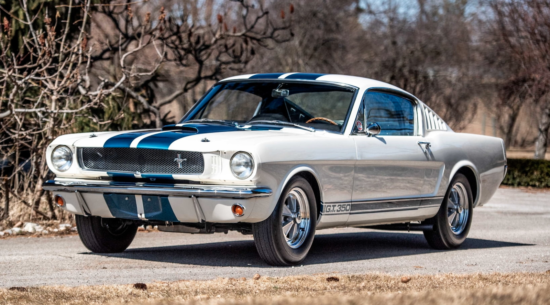

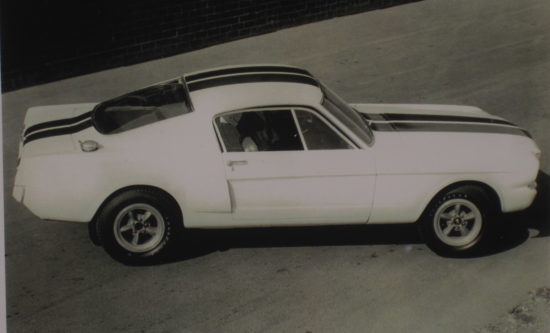
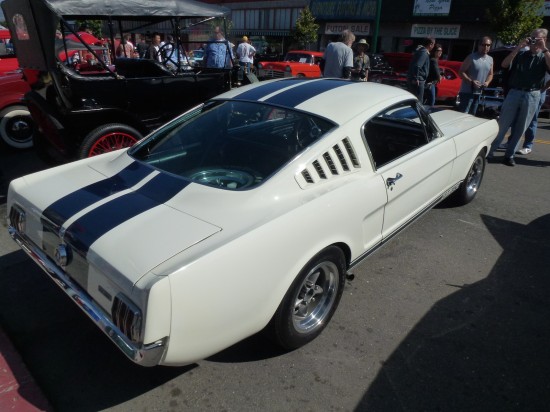
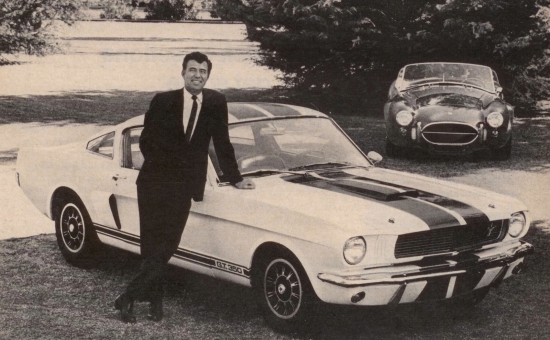
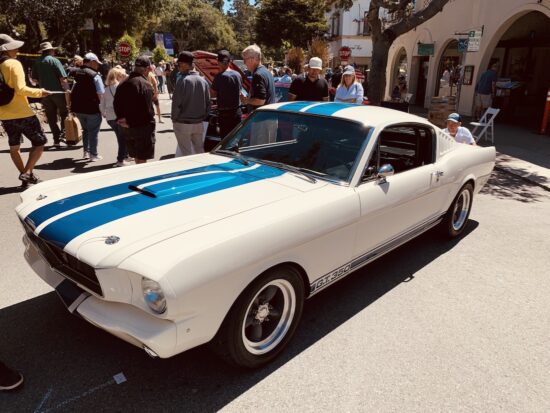
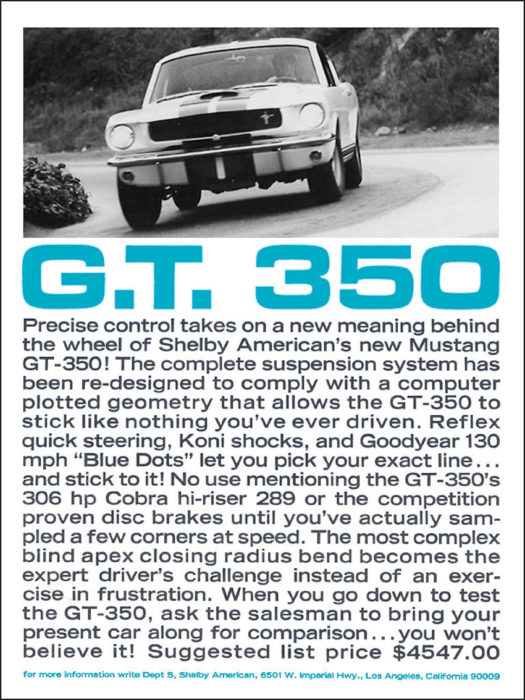
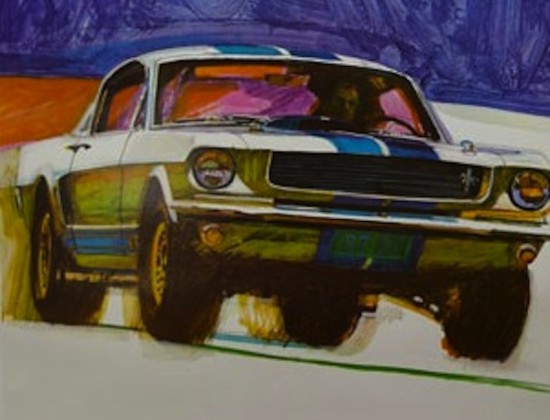

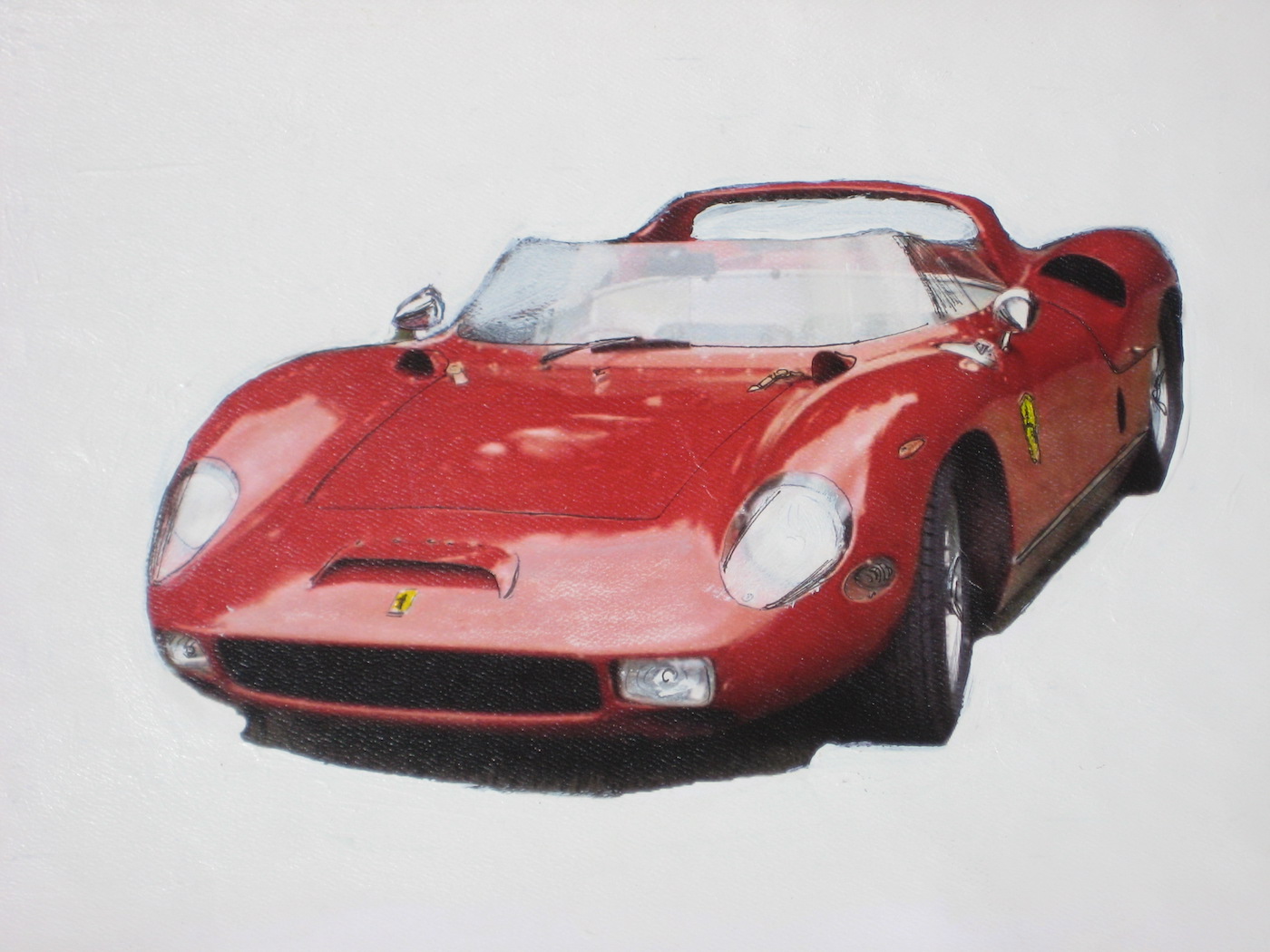

Great article Mike!
We’d love it if GT350 owners showed up in force at our new Monterey Car Week event, The Paddock, on Friday, August 15, from 3 PM to 8 PM. They can register here: http://www.thepaddockmonterey.com
THE OFTEN-TOLD TALE OF THE HERTZ SHELBY MUSTANGS THAT MANY RENTED AND RACED
“Hertz “Rent-a-Racer” Program
September 1965 marked the beginning of a landmark business agreement: Hertz’s “Rent-a-Racer” Program partnered with Shelby American to offer the Mustang GT350-H as a rental car to its customers. 1,000 GT350-Hs were added to the Hertz fleet for Hertz Sports Club members to rent.
But how did the program work? If you were a Hertz Sports Club member and over 25 years old, you could rent a 306 horsepower Mustang for $17 per day and 17 cents per mile – a bargain at the time.
Most drivers welcomed this rare opportunity to drive a vehicle that they would never be able to afford to buy. As a result, the Shelby Mustang GT350-H proved very popular among Hertz Sports Club members.
The 1966 Hertz brochure advertised the Mustang GT350-H as a great choice for business and leisure travelers alike. It would appeal to those looking for a new motoring experience and a change of pace.”
I am just a bit too young to have ever seen a Hertz Shelby on the road back in the day, but they often still pop up at car shows , and very often on the auction shows on cable for sale.
Glenn in Brooklyn, NY